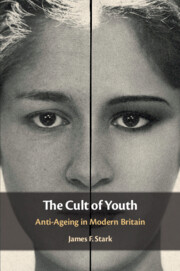Although historians have shown that there has been a complex and multi-layered relationship between the body, medicine and the force of electricity, many avenues remain to be explored. One of the most prominent of these is the way in which electrotherapy technologies were marketed to a wide variety of different end users and intermediaries. This paper offers the first historical analysis of one such device – the Overbeck Rejuvenator – a 1920s electrotherapy machine designed for use by the general public. Its inventor, Otto Overbeck, was not a medical man and this enabled him to use aggressive strategies of newspaper advertising, using testimonials to market his product alongside appeals to his own scientific authority. He commissioned the prestigious Ediswan Company to manufacture the Rejuvenator on a large scale, and took out patents in eleven countries to persuade users of the efficacy of the device. In response to Overbeck’s activities, the British Medical Association enlisted an electrical engineer to examine the Rejuvenator, contacted practitioners whose endorsements were being used in publicity material, and denied Overbeck permission to advertise in the British Medical Journal. Despite this, the Rejuvenator brought its inventor wealth and notoriety, and helped redefine the concept of ‘rejuvenation’, even if the professional reception of such a device was almost universally hostile. This paper shows how the marketing, patenting and publishing of Overbeck combined to persuade members of the laity to try the Rejuvenator as an alternative form of therapy, bypassing the medical profession in the process.


